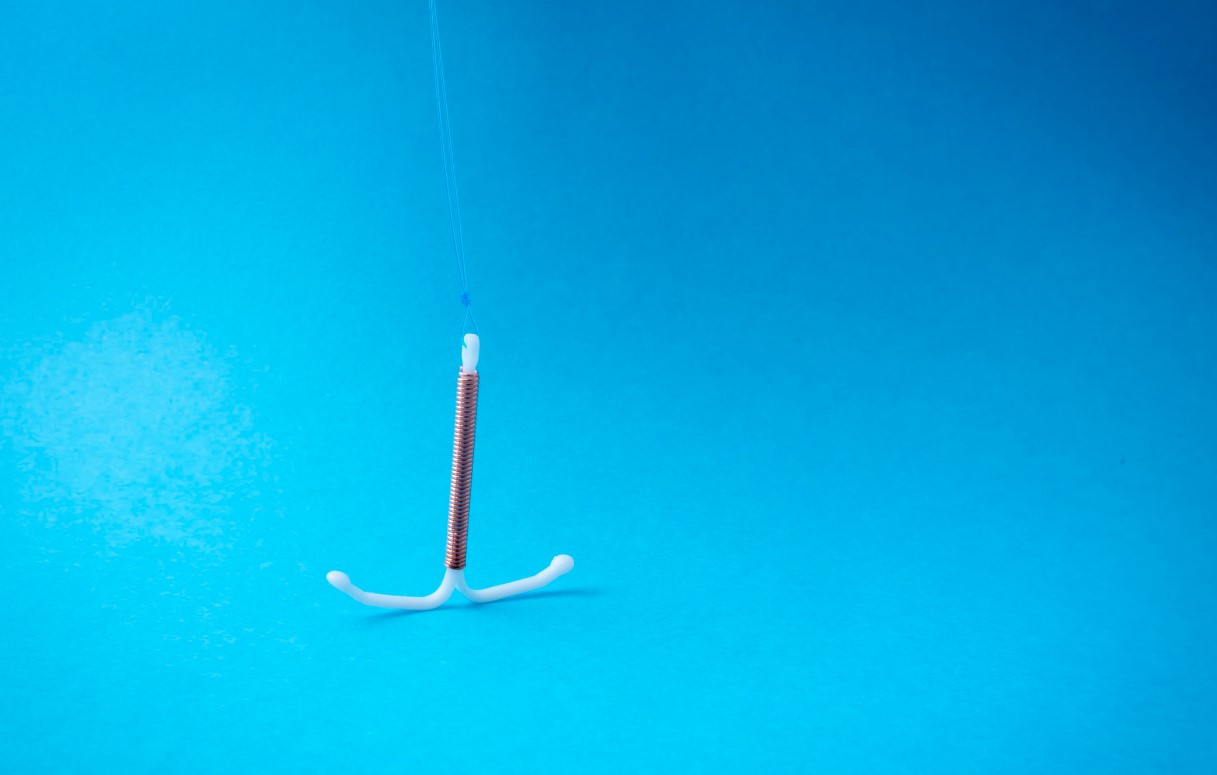The Paragard intrauterine device (IUD), hailed as a hormone-free contraceptive, has found itself at the center of a legal storm. A number of lawsuits have recently been filed against the manufacturers, Cooper Surgical and Teva Pharmaceuticals.
The lawsuits allege that the manufacturers produced a fundamentally flawed device and negligently withheld critical information about its risks. These lawsuits revolve around the device’s alleged tendency to break during removal, leading to severe health issues.
In this article, we will discuss the Paragard lawsuits. We will explore the allegations surrounding the device’s alleged defective design and the failure to maintain transparency by its manufacturers.
The Allegations Against Paragard
The wave of litigation sweeping against Paragard focuses on a common assertion: the device is prone to breaking during removal. According to TorHoerman Law, this alleged flaw has prompted women across the nation to file lawsuits. Each lawsuit details another account of the resulting complications.
These cases have been consolidated into a multidistrict litigation (MDL), a legal mechanism aimed at streamlining the process. As per Drugwatch, there are 1,780 claims filed under the MDL as of April 2023. The MDL will play a major role in determining whether the manufacturers can be held accountable for the allegations.
Injuries and Complications
The list of injuries attributed to the Paragard IUD’s alleged defects is extensive and alarming. According to Forbes, the issues range from infections and infertility to cases of device parts causing organ perforation. The severity of these complications cannot be ignored.
These claims hinge on the assertion that manufacturers neglected to adequately warn users about these potential risks. As the lawsuits progress, the personal stories of affected women serve as reminders of the impact of these design flaws.
Recalls and Regulatory Actions
Despite the legal uproar, Paragard has not undergone an official recall due to concerns of device breakage. However, this is not the first time the device has attracted regulatory attention.
The device’s history includes recalls due to sterility concerns and FDA warnings for deceptive promotion. These past incidents cast a shadow over Paragard’s safety profile, fueling concerns among both the legal community and the public.
MDL Process and Bellwether Trials
The MDL process, a legal maneuver aimed at efficiently handling the litigation, is the backdrop against which the lawsuits unfold. Within this framework, bellwether trials stand out as crucial junctures.
The outcomes of the bellwether trials will heavily influence Paragard IUD lawsuit settlement amounts. This is because the outcomes of these initial trials provide insight into how future cases might be resolved.
Scheduled for 2024, these trials have the power to shape the overall litigation’s path, offering insights into potential case resolutions. According to AboutLawsuits, the initial bellwether case pool will consist of 10 Paragard lawsuits involving IUD breakage allegations.
Manufacturer’s Response and Potential Settlements
Cooper Surgical and Teva Pharmaceuticals face the weight of a growing number of lawsuits and FDA reports regarding device breakage. However, they are steadfastly maintaining the claims of the safety of their product.
The outcome of bellwether trials will likely play a pivotal role in shaping the manufacturers’ response strategy. If these trials yield verdicts unfavorable to the manufacturers, the pressure to consider settlements may intensify.
Conversely, if the trials yield more favorable outcomes, the manufacturers may continue to assert their position, resulting in prolonged litigation.
Lessons from Past IUD Lawsuits
The pharmaceutical landscape offers precedents that shed light on the potential course of Paragard lawsuits. As Paragard litigation progresses, past cases highlight the importance of the MDL process and the significance of bellwether trials.
The $12.2 million settlement offered by Bayer in response to thousands of Mirena IUD claims provides a tangible benchmark. These factors will heavily influence the decisions made by both plaintiffs and defendants in their pursuit of justice and resolution.
Seeking Closure and Reform
As the Paragard lawsuits unfold, plaintiffs seek closure and the reassurance that their voices are heard. Beyond individual compensation, these cases underscore the need for systemic reforms within the medical device industry.
The litigation sheds light on the necessity of transparent communication, comprehensive warnings, and rigorous testing for all medical devices. The outcome of the lawsuits holds the potential to set a precedent that impacts future litigation involving medical devices.
It also prompts manufacturers to reevaluate their approach to design, testing, and communication with consumers and medical professionals. Ultimately, the Paragard lawsuits can drive positive change by fostering a culture of accountability and patient safety.
Key Takeaways
Amidst the legal turbulence concerning the Paragard IUD, a significant juncture in medical device litigation is evolving. The influx of lawsuits, centered on design flaws and negligence, highlights the urgency of transparency, rigorous testing, and industry oversight.
With bellwether trials approaching, the forthcoming verdicts could redefine the litigation’s course and establish a benchmark for upcoming instances. Beyond pursuing justice for those impacted, these cases might spark broader changes, nurturing a culture of responsibility and patient welfare.
Overall, this scenario marks a critical period, potentially instigating reforms that prioritize accountability and well-being.








Leave a Reply